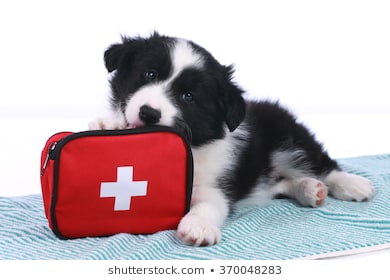
Photo from Pexels
As a loving pet owner, you want nothing more than for your four-legged pal to live a long and happy life. Unfortunately, as your animal companion gets older, they will be at a greater risk for a host of health problems, from cognitive disorders to decreased energy.
To ensure their health and happiness in their later years, Whiskers to Tails Petsitting explains how to take care of your aging pet.
Ensure your home is senior pet-friendly
There are some small changes you can make to your home to make it easier for a senior pet to get around. For example, if your cat likes to jump onto a certain spot, give them a step stool to make the big jump smaller. Also, provide grippy rugs on slick surfaces like tile floors to prevent slips and remove obstacles that could cause trips.
If you have a cat or dog that likes to sleep in your bed, think about purchasing a high-quality pet ramp to make getting into and out of the bed easier for them. When exploring your options be sure the ramp can meet your bed’s height and support your pet’s weight. Reading reviews from veterinarians can give you a good idea of what will work.
Consider paying for professional grooming services
Older animals may have problems grooming themselves. Professional groomers can help keep their fur clean and healthy. A skilled groomer can also identify potential health problems in older animals, such as skin irritation, alterations in their coats, or behavioral issues.
Prioritize healthy food that’s appropriate for your aging pet
Nutritious food will help cats and dogs maintain their vibrancy as they get older. Look for local pet food and supply stores to get top-quality products tailored to your four-legged friend’s needs. Age-appropriate chow can help minimize the risk of certain illnesses, such as diabetes, and ensure that your animal maintains a healthy weight.
Be prepared to clean up after “accidents”
Older pets may experience toileting issues, making them prone to accidents. Don’t get angry if this happens and understand that it’s a part of the aging process. Invest in quality cleaning products that use special enzymes and get the number of a good local furniture cleaner.
Reduce stressful situations
While it’s common for younger pets to feel the effects of stress, they can more easily brush it off. Older pets, however, react to stress differently, and it can even cause them to behave inappropriately. If you have small children running around your home, carve out a special spot where your pet can enjoy peace and quiet. If you tend to have late nights and leave your pet alone for long hours, talk to your supervisor about adjusting your schedule or even working from home. You can also look at Whiskers to Tails Petsitting, which offers pet sitting and walking services for when you cannot be home.
Invest in accessories and toys to make life more comfortable
Older animals may need encouragement to get the exercise they need. Buy toys and treats to tempt them to get moving. A machine-washable pet bed is another great accessory, giving them a comfy spot to rest when playtime is done. For older pets, consider a waterproof bed that’s easy to clean and won’t get ruined by wet fur, drool, or accidents.
Make sure to maintain regular vet visits
Regular veterinary care is imperative as your animal gets older and more prone to pet problems. Find a licensed pro in your area using the American Veterinary Medical Association’s database. Usually, once per year is enough for vet checkups. However, if your cat or dog has health problems, they may need to go in more often. Ask your vet how often you should bring your pet in to be sure.
Prepare your family for the grieving process
Unfortunately, having an older pet means that your family can anticipate a loss in the coming years. Preparing yourself emotionally can be helpful. The Ralph Site for Pet Loss Support recommends taking lots of photos and videos during this time, for example. You can also make commemorative items. For example, there are companies that will take your pet’s paw print and make it into a commemorative art piece.
If you have lots of video clips of your pet, you can quickly combine videos using free tools online. This is a great way to preserve your treasured memories in one video file. Just upload your clips and edit them together to make a great pet video. Once complete, you can download it to cherish.
Watching your pet get older can be tough, especially as their health starts to fail. Taking the steps above will help them maintain a good quality of life.
Nick Burton is the co-creator of Our Best Doggo. Together with his wife, they are proud parents of three rescue dogs. After the passing of their 15-year-old lab/terrier mix dog, Willie, they decided to create this website to share all types of dog information and help people that are mourning the loss of a dog.

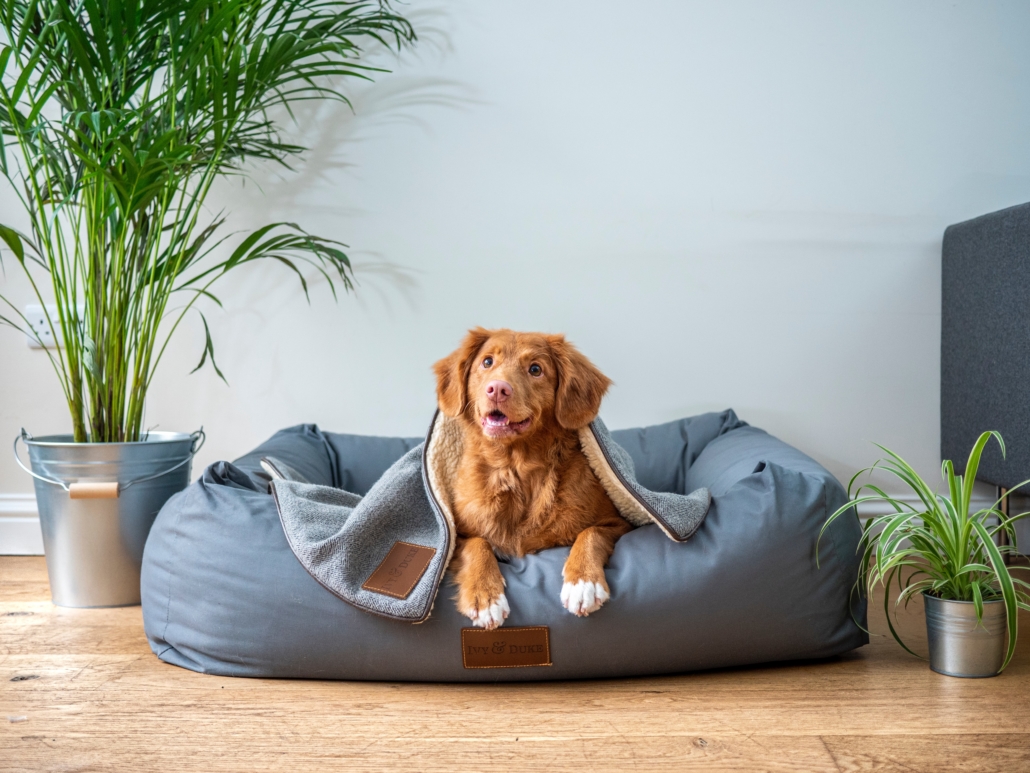
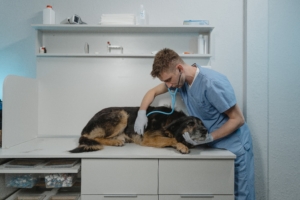 Veterinary technicians are an integral part of a veterinary care team. They have gone through a specific 2-4 year education program and practicum accredited by the American Veterinary Medical Association Committee on Veterinary Technician Education and Activities. They also commit to participating in continuing education annually to stay up to date with the most current research.
Veterinary technicians are an integral part of a veterinary care team. They have gone through a specific 2-4 year education program and practicum accredited by the American Veterinary Medical Association Committee on Veterinary Technician Education and Activities. They also commit to participating in continuing education annually to stay up to date with the most current research.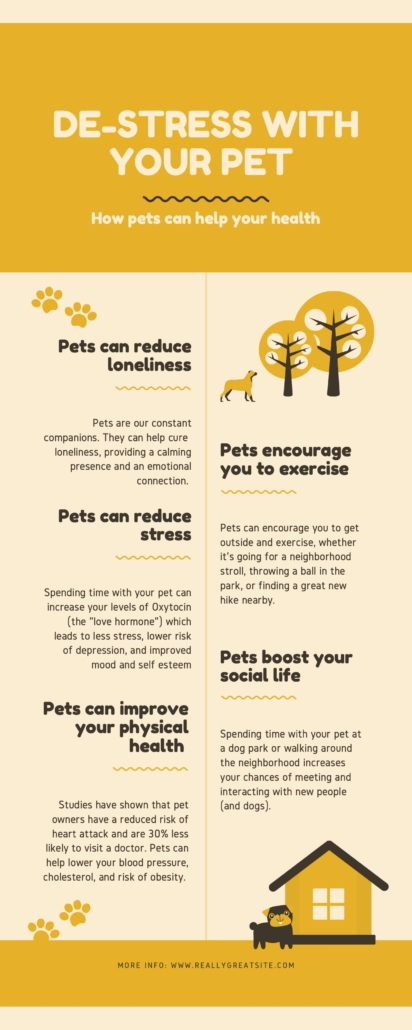

 Many of us can see the light at the end of the pandemic tunnel. Maybe your company has announced a return to work date. Maybe you are starting to travel again, either for business or pleasure. But what about our pets? They’ve been by your side 24 hours a day for the past year and will struggle to adjust or readjust to the new normal. How do you help prepare your pet for that eventuality? And how do you help them cope with the adjustment when you do return to normal?
Many of us can see the light at the end of the pandemic tunnel. Maybe your company has announced a return to work date. Maybe you are starting to travel again, either for business or pleasure. But what about our pets? They’ve been by your side 24 hours a day for the past year and will struggle to adjust or readjust to the new normal. How do you help prepare your pet for that eventuality? And how do you help them cope with the adjustment when you do return to normal?


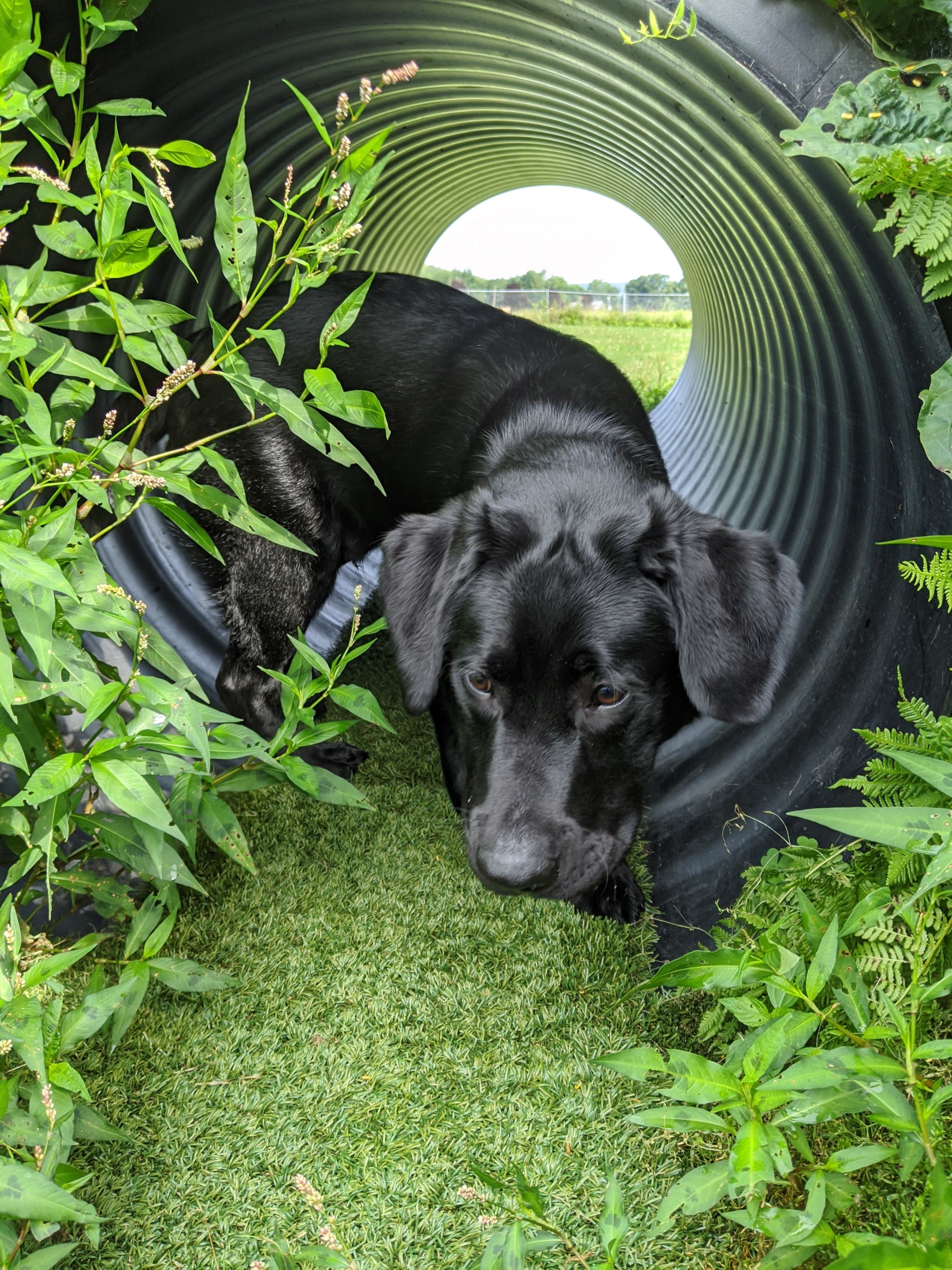
 CBD, or cannabidiol, is a compound extracted from the cannabis sativa, or hemp, plant. It is derived from the non-intoxicating portion of the plant (high in omega-3 and omega-6 essential fatty acids, omega-9, amino acids, proteins, and other healthy nutrients) independently of THC, as opposed to marijuana. Definitions of hempseed oil or CBD versus marijuana are dependent on the amount of THC, or tetrahydrocannabinol – a psychoactive compound, in the product. According to the
CBD, or cannabidiol, is a compound extracted from the cannabis sativa, or hemp, plant. It is derived from the non-intoxicating portion of the plant (high in omega-3 and omega-6 essential fatty acids, omega-9, amino acids, proteins, and other healthy nutrients) independently of THC, as opposed to marijuana. Definitions of hempseed oil or CBD versus marijuana are dependent on the amount of THC, or tetrahydrocannabinol – a psychoactive compound, in the product. According to the 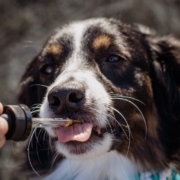 Many pet owners have reported positive results when giving their pets CBD products. In theory, CBD can provide the
Many pet owners have reported positive results when giving their pets CBD products. In theory, CBD can provide the 
 Happily, many pets have been recently adopted during the quarantine. However some of those pets (as well as current pets) may currently experience separation anxiety, especially if they have been re-homed multiple times. If your pet already has separation anxiety,
Happily, many pets have been recently adopted during the quarantine. However some of those pets (as well as current pets) may currently experience separation anxiety, especially if they have been re-homed multiple times. If your pet already has separation anxiety, 